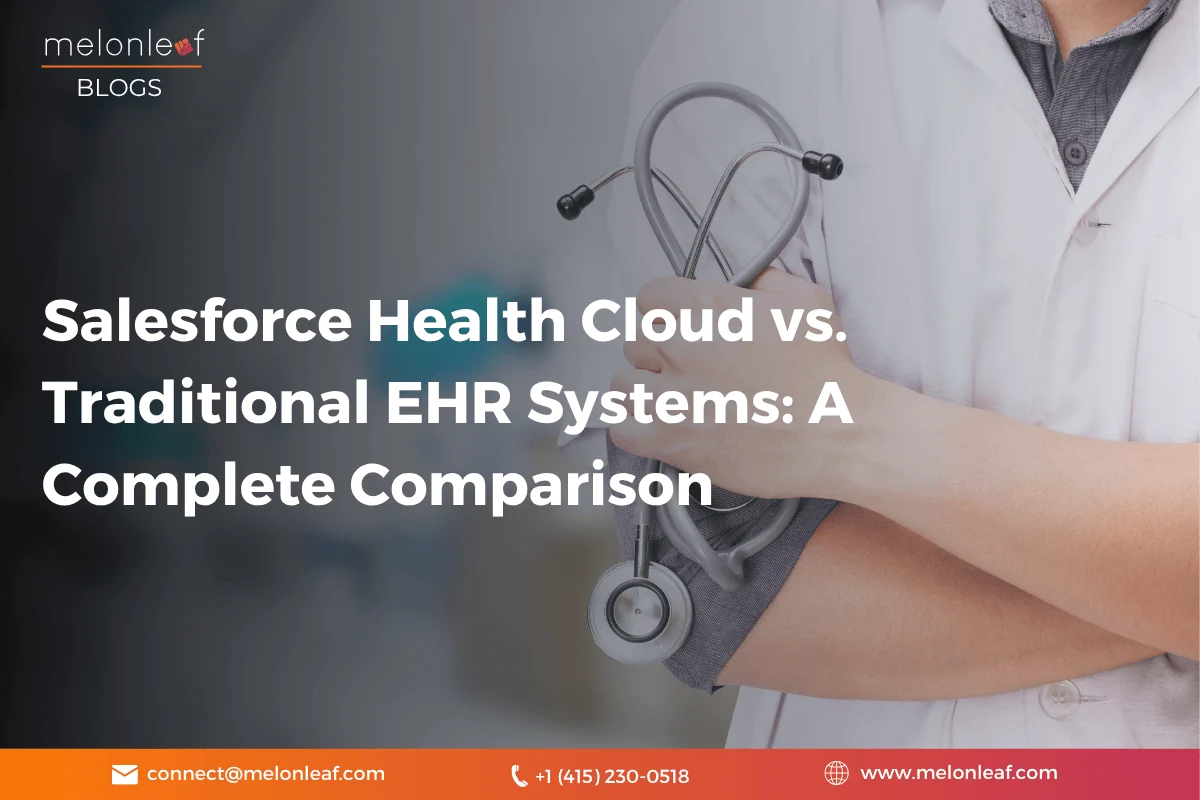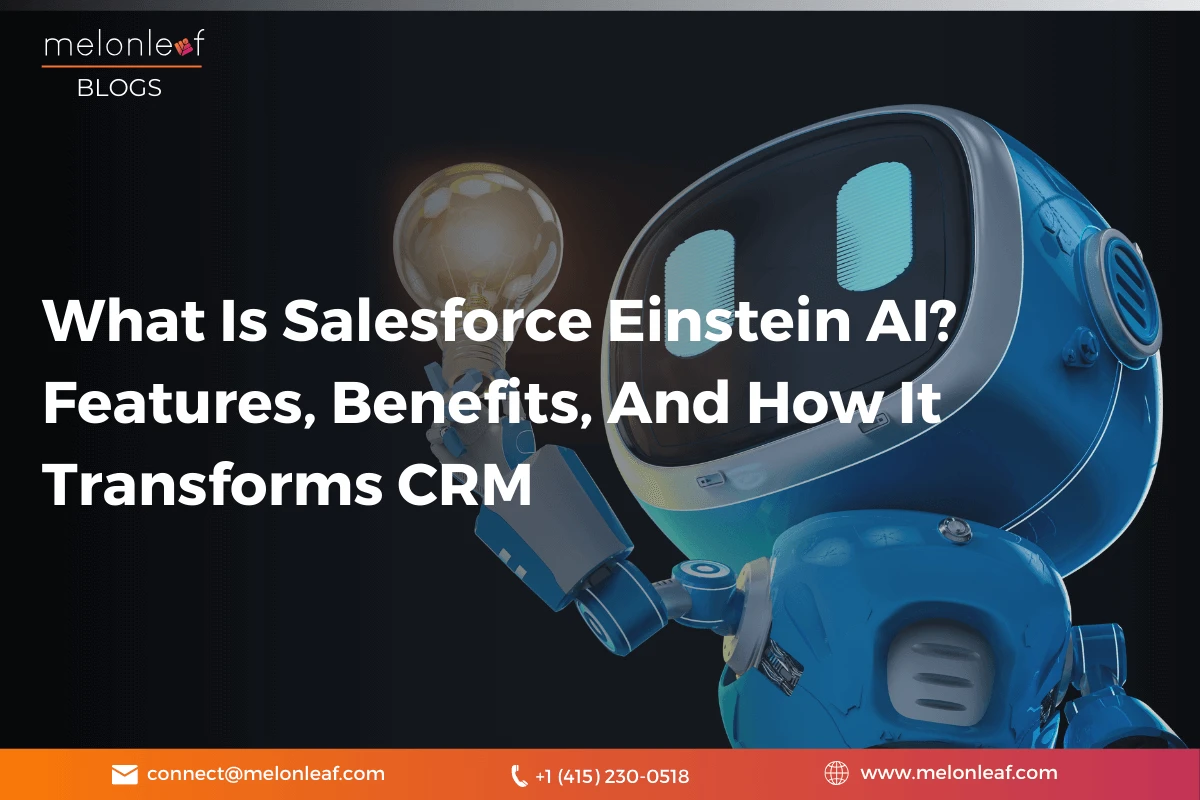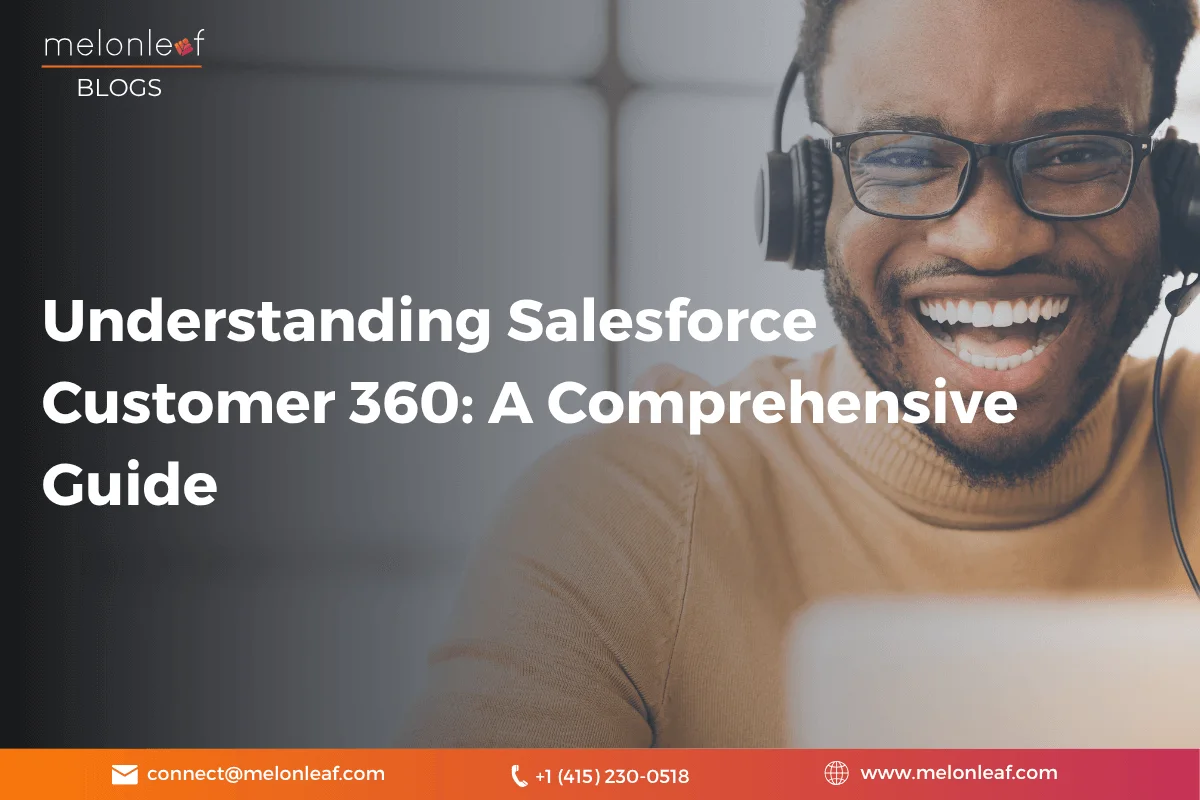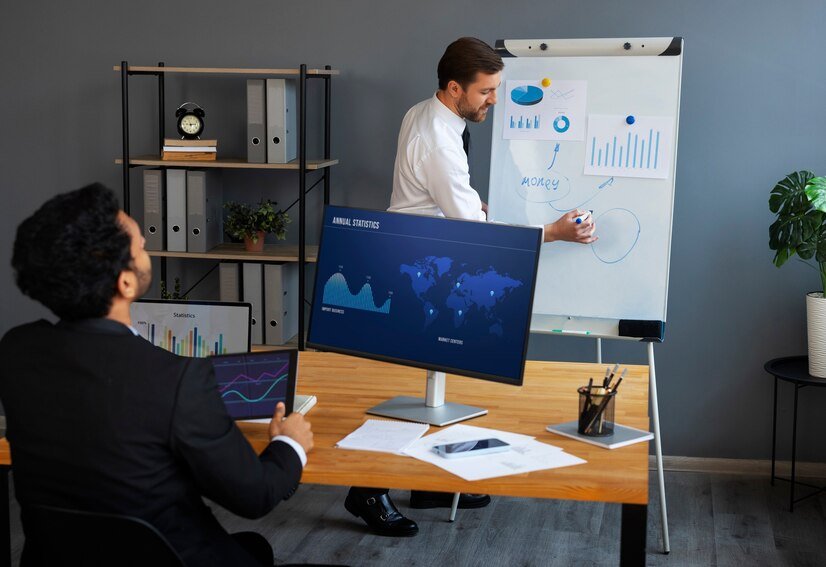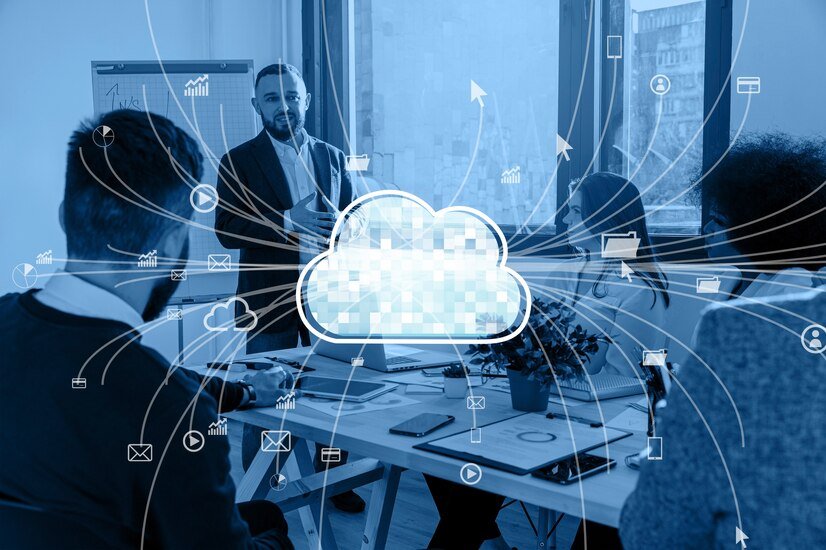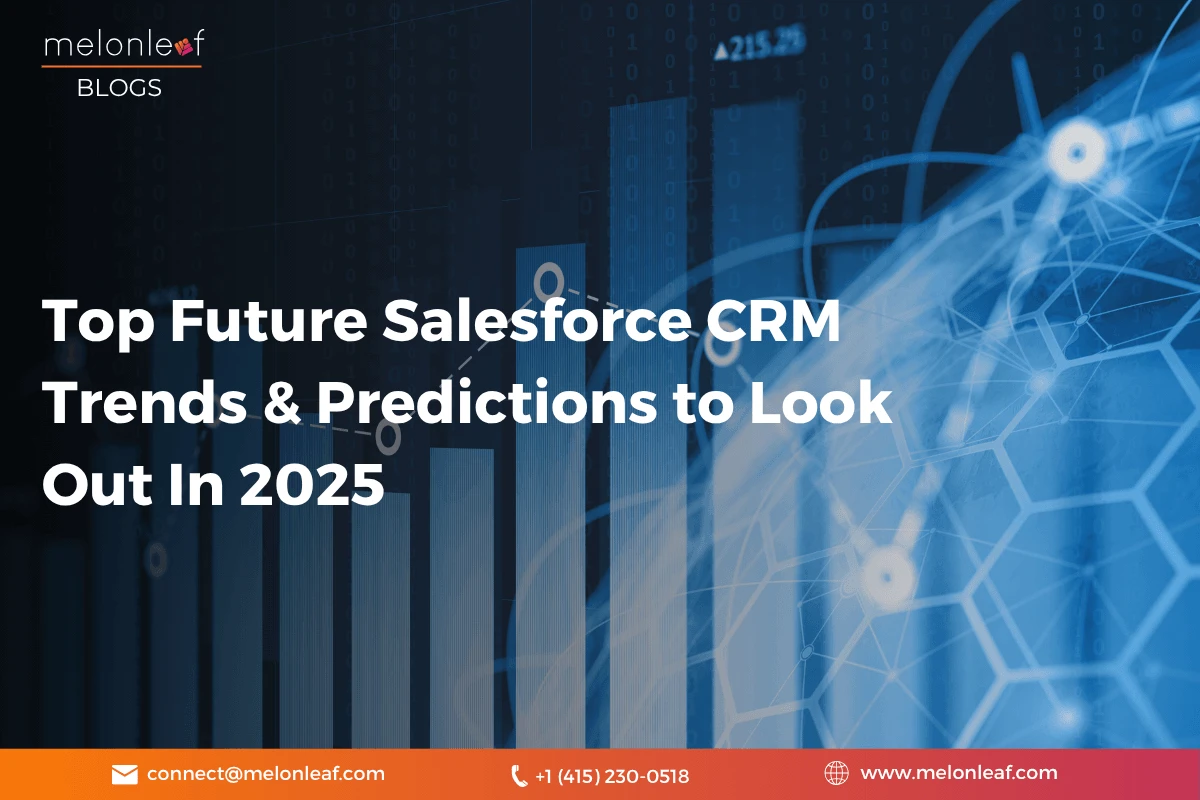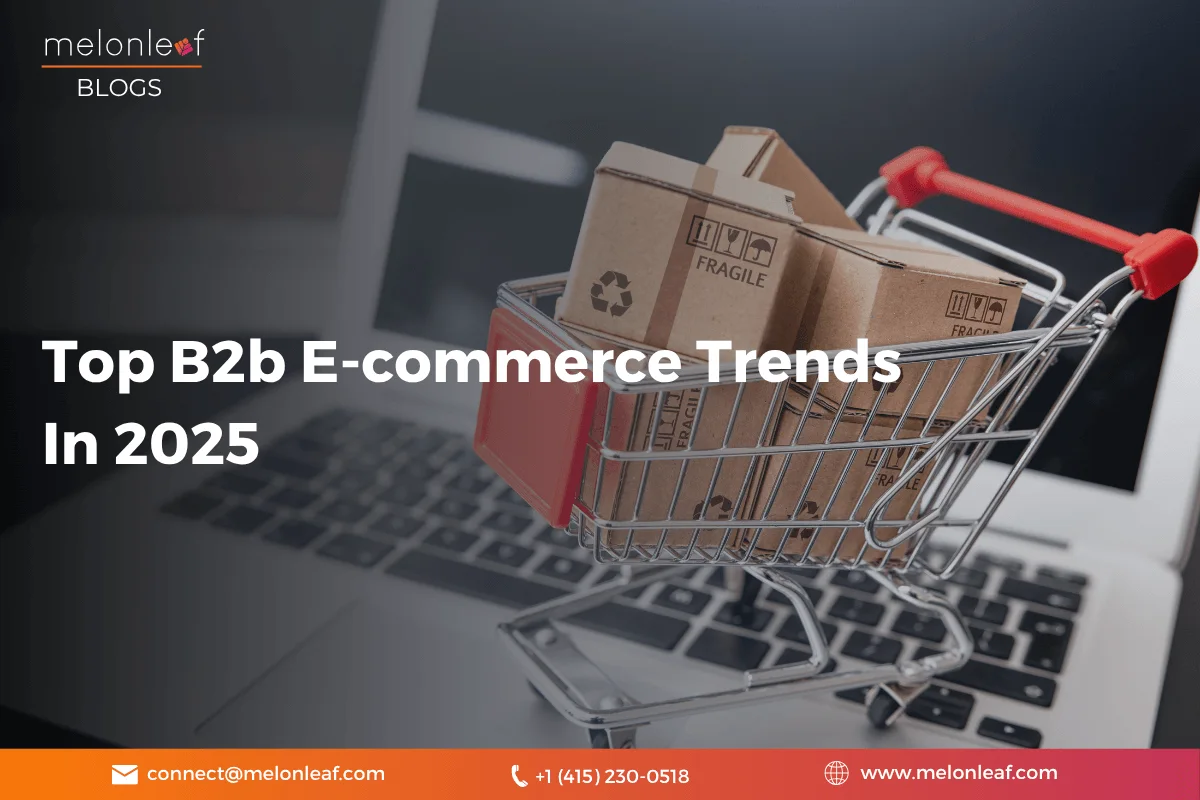
The world of B2B eCommerce is changing fast. What used to be a slow, relationship-driven, offline process is now transforming into an agile, tech-driven, digital-first experience. If you’re running a B2B business, you’ve probably already noticed that your customers want the same convenience they get in their shopping, that is fast responses, transparent pricing, and self-service options.
But here’s the thing: keeping up with these changes isn’t just about offering an online catalog. It’s about understanding what’s driving this transformation, tackling the challenges head-on, and preparing for the trends that will shape B2B eCommerce in 2025 and beyond.
Let’s dive into what’s changing, what’s holding businesses back, and what trends you need to watch out for.
The future of B2B eCommerce: What’s driving the change?
B2B eCommerce is no longer just about having an online catalog. Several key forces are driving businesses toward digital transformation:
- Evolving Buyer Expectations: 94% of B2B buyers research online before engaging with a vendor. They expect real-time pricing, personalized recommendations, and instant self-service portals.
- AI-Driven Automation: AI-powered platforms handle demand forecasting, automated inventory restocking, and intelligent product recommendations, reducing human intervention.
- Integration of Digital Marketplaces: Businesses are shifting towards B2B marketplaces, offering real-time quotes, AI-based negotiations, and automated procurement workflows.
- Supply Chain Disruptions: Companies need real-time tracking, predictive analytics, and blockchain-led transparency to navigate uncertain supply chains.
- Composable & Headless Commerce Architectures: Businesses are moving away from monolithic eCommerce solutions to modular, API-first architectures that offer agility, customization, and omnichannel experiences.
Key Challenges in B2B eCommerce & How to Overcome Them
1. Legacy System Integrations
Problem: Most businesses operate on ERP-heavy architectures with siloed data and outdated interfaces.
Solution: Adopting API-driven commerce platforms like Salesforce B2B Commerce Cloud that helps with smooth ERP, CRM, and PIM integrations.
2. Complex Pricing & Customization
Problem: B2B transactions involve volume discounts, contract-based pricing, and tiered rates, making manual calculations inefficient.
Solution: AI-powered CPQ (Configure, Price, Quote) solutions automate pricing, reducing errors and negotiation cycles.
3. Lengthy Sales Cycles
Problem: The traditional B2B buying process involves multiple approvals, negotiations, and purchase orders.
Solution: Self-service portals with AI-based contract automation provide faster deal closures.
Top B2B eCommerce Trends in 2025
1. AI-Driven Personalization
2. Headless Commerce Architecture
3. Expansion of B2B Marketplaces
4. Subscription-Based Business Models
5. Integration of Augmented Reality (AR) and Virtual Reality (VR)
6. Emphasis on Sustainability and Ethical Practices
7. Mobile Optimization and Progressive Web Apps (PWAs)
8. Voice Commerce Adoption
9. Blockchain for Transparency and Security
10. Hyper-Personalization Strategies
11. Omnichannel Integration
Melonleaf Consulting is here to help!
12. Advanced Data Analytics and Business Intelligence
13. Cybersecurity Measures
14. Integration of the Internet of Things (IoT)
15. AI-Powered Chatbots and Virtual Assistants
16. Dynamic Pricing Strategies
17. ERP and CRM Integration for Seamless Operations
18. Self-Service Portals and Automated Procurement
Wrapping Up,
FAQs
- What are the latest B2B eCommerce trends in 2025?
-
The top B2B eCommerce trends for 2025 include AI-driven personalization, headless commerce, self-service portals, subscription-based models, AI-powered chatbots, advanced B2B marketplaces, blockchain for secure transactions, predictive analytics, and mobile-first eCommerce platforms. Businesses must adopt these technologies to remain competitive.
- How does AI impact B2B eCommerce?
-
AI in B2B eCommerce improves personalization, automates customer support via chatbots, improves demand forecasting, optimizes pricing, and detects fraud. It also offers AI-driven product recommendations, reducing the need for manual sales interactions.
- What is headless commerce, and why is it important for B2B?
-
Headless commerce decouples the front-end experience from the back-end eCommerce system, allowing businesses to deliver personalized experiences across multiple channels (web, mobile, IoT). This flexibility enables faster website performance, better customization, and seamless omnichannel experiences.
- How can I implement these B2B eCommerce trends for my business?
-
To integrate these trends, businesses should assess their current eCommerce setup, invest in AI and automation tools, optimize their mobile and digital strategies, and work with experts like Melonleaf Consulting to execute digital transformation strategies.
- Why should B2B businesses hire an expert like Melonleaf Consulting for eCommerce transformation?
-
B2B eCommerce transformation requires deep expertise in technology selection, platform customization, and API integrations. Experts like Melonleaf Consulting help businesses implement AI-powered automation, optimize self-service portals, integrate ERP and CRM systems, and create scalable B2B commerce solutions that drive revenue growth.
-
Previous Post
What Are the 4 Types of CRM Software?
-
Next Post
Types Of Salesforce License and Costs
Post a comment Cancel reply
Related Posts
Salesforce Data Cloud Implementation Guide: Everything You Need to Know
Data is everywhere, and it’s growing faster than ever. But here’s the thing: data, on…
Salesforce Health Cloud vs. Traditional EHR Systems
Healthcare is more than just treating illnesses; it’s about managing relationships, improving patient experiences, and…
What Is Salesforce Einstein AI? Features, Benefits, And How It Transforms CRM
Think about your daily business operations. Your sales team juggles hundreds of leads, your customer…
Understanding Salesforce Customer 360: A Comprehensive Guide
Managing customer relationships has never been simple. A business may have thousands, or even millions,…

 About Melonleaf
About Melonleaf Awards
Awards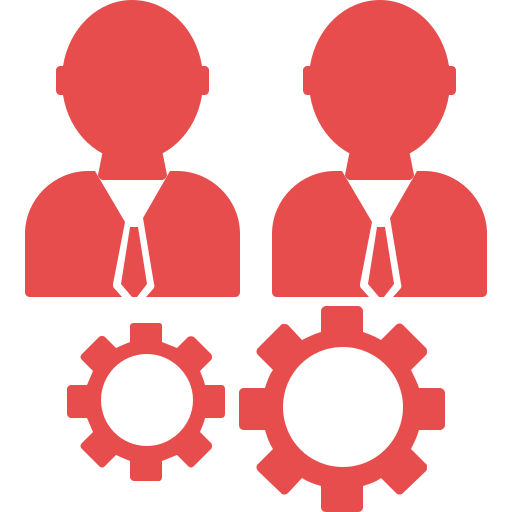 Our Team
Our Team Resources
Resources Events
Events Webinars
Webinars Blogs
Blogs Press Releases
Press Releases








 Salesforce
Salesforce Alliance Partners
Alliance Partners Logistics
Logistics Real Estate
Real Estate Automotive Industry
Automotive Industry Education Industry
Education Industry Manufacturing
Manufacturing Media & Entertainmet
Media & Entertainmet Nonprofit
Nonprofit Insurance
Insurance Aerospace & Defence
Aerospace & Defence

